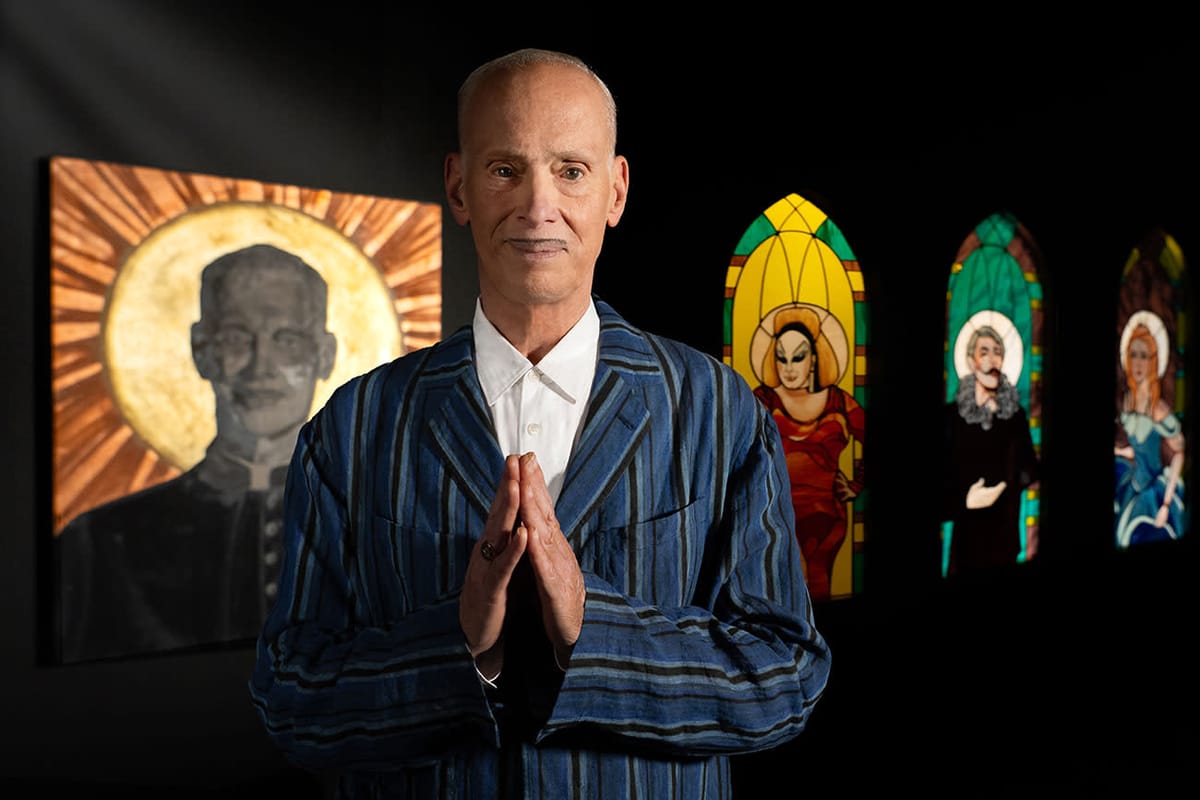Reviews

Where's the dog-shit?
Pope of Trash must be the first museum show in history that leaves visitors pondering the absence of canine faeces. "The first comprehensive exhibition dedicated to John Waters’s moviemaking, exploring his process, themes, and unmatched style" runs for nearly an entire year at the cavernous Academy of Motion Picture Arts and Sciences Museum in Los Angeles and is an exhaustive survey of the professional transgressor's six-decade career(s) to date.
This post is for subscribers only
Subscribe now and have access to all our stories, enjoy exclusive content and stay up to date with constant updates.
